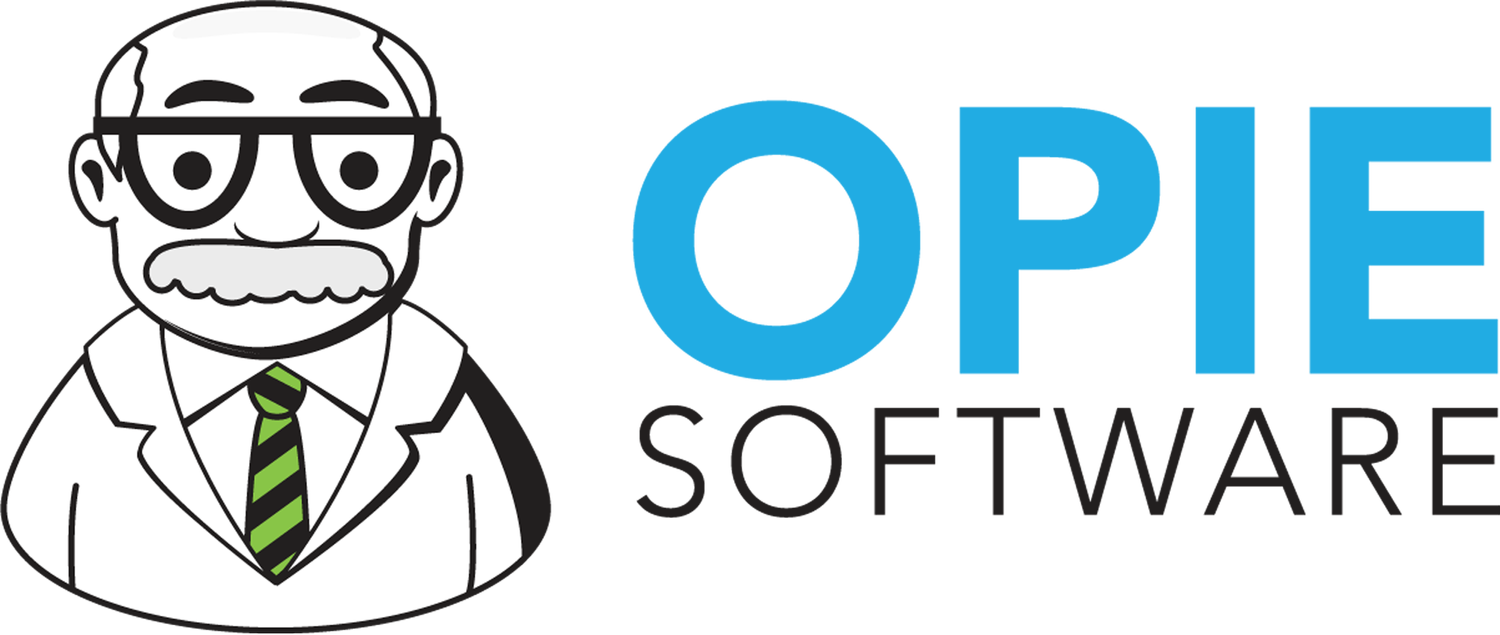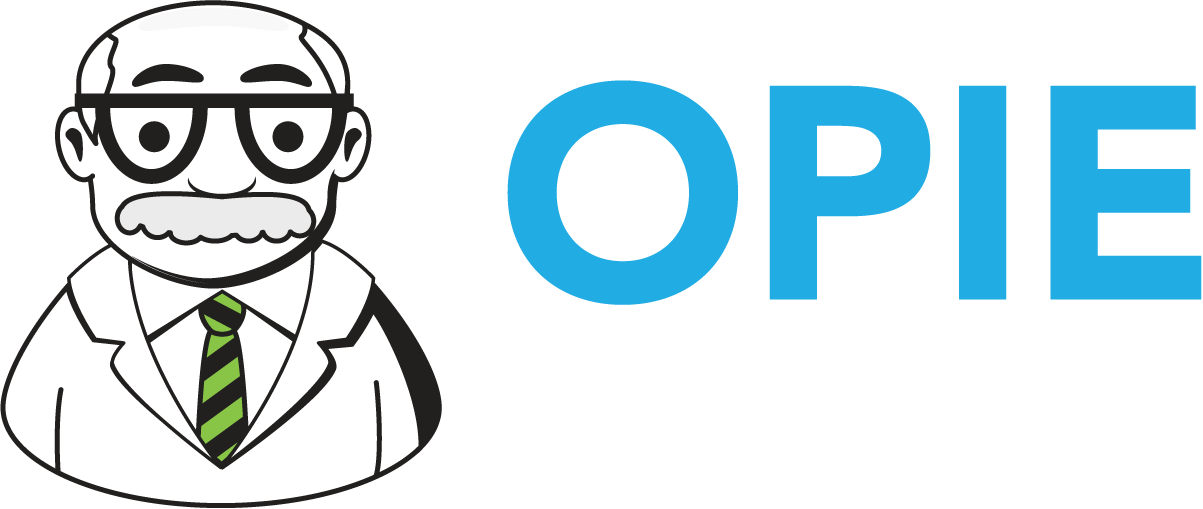Making the Big Decision
Over the past month, two of my blogs have focused on decision-making. As you may be aware, I do talk to many people in the field, and I try to find patterns in the stories I hear. A troubling one is re-emerging. Like all things, the profession of O&P seems to be cyclical in nature. History surely repeats itself! I know I stressed the need for empirical evidence—data -to make decisions, but it is more fun to write a blog like this based on anecdotal evidence, rumor, hearsay, and feelings! Anyone who knows me knows that I am passionate about the professional, clinical care aspects of O&P. For as long as I have understood what you do (which is the first time I was exposed to O&P more than twenty years ago), I have stressed the importance of communicating your clinical intervention versus the device you choose.
I was pleased to see a recent Almanac article where other, more powerful voices than mine are starting to echo my longstanding soapbox issue about focusing on the knowledge, skills, and aptitude you bring to bear on the patient to improve their well-being. It is high time you highlight that in your clinical documentation, your professional presentations, and your communications with your referral sources. There are intense market pressures that want to squeeze all of O&P into the commodity market, and there are many in this field that are going along by focusing on the device type provided to the patient. This neglects the critical clinical intelligence used to determine the most appropriate bio-mechanical intervention to achieve the desired result while minimizing the risk of adding future complications to the patient.
I say it often, “You don’t know what you don’t know,” and your audience typically does not know in detail, why you do what you do. To most people, an AFO is an AFO, or worse yet, a “fake leg” is a fake leg. So, what if it is a trans-femoral amputation or a trans-tibial, I mean really…slap a leg on that, am I right? But you know the difference. The forces required to ambulate, the impact on the sound side, the back, and every other part of the body…but most don’t know. Most see an AFO and that’s it. You see the makeup, the degree of rigidity or flex, and why it was made that way. Are you protecting a wound, providing stability, or accommodating a deformity? Who thinks to ask those questions?
My appeal to you in this blog is to make the right decision. For the sake of continued, effective O&P patient care, lean into the passion for patient care that brought you to this noble profession and make that passion the foundation of your clinical documentation. Leverage your knowledge, skill, and aptitude with data and passion to connect the dots between what you need to do for a patient and why you need to do it.

